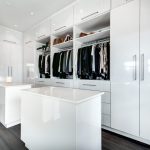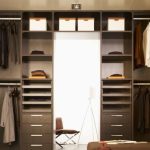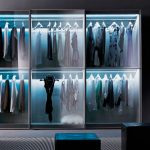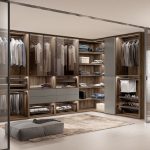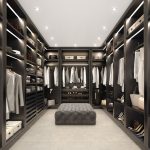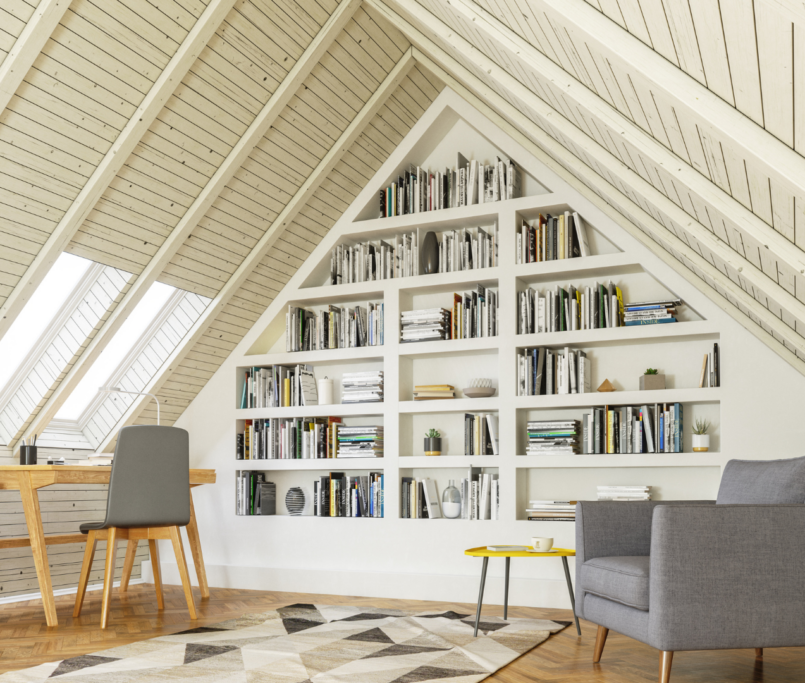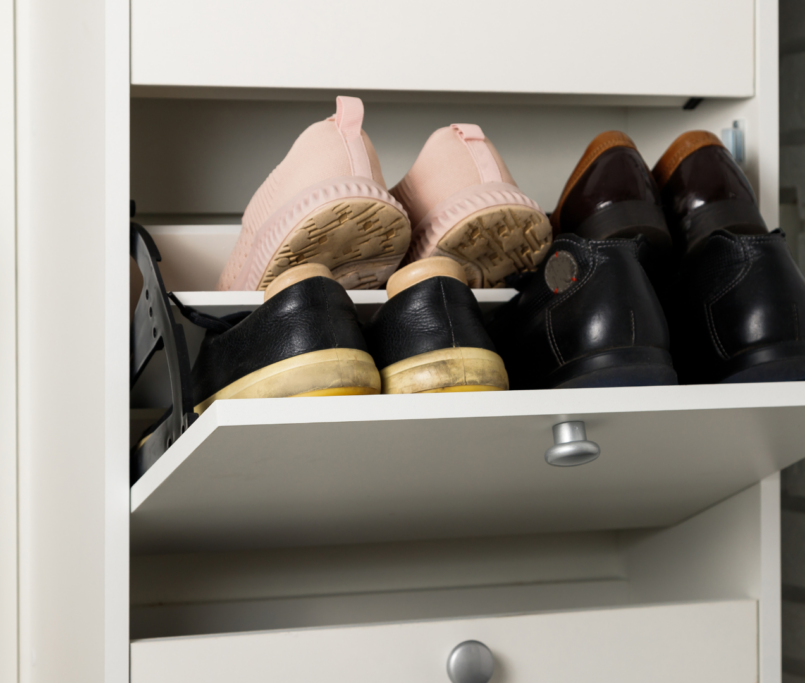Student Furniture
Workplace for a student: a 5-star interior and furniture!
Ergonomics of the student’s workplace, colors and useful accessories.
A properly equipped student’s workplace can turn study into an exciting and enjoyable activity. Comfortable furniture, harmonious colors, high-quality lighting – this will help your child concentrate on homework and creativity. In addition, the health of the child, their vision and posture depends on these factors. Let’s take a closer look at how to organize a student’s workplace at home.
Criteria of choice
First of all, decide on the location for student furniture to be placed at. It is better to equip the child’s workplace away from the area for games, a computer, TV and the hustle and bustle of the house in general: this way there will be fewer distractions.
- The working area from the play area is often separated by a bookcase, a rack (for example, a modular system), a screen.
- It is recommended to place a table for a right-handed person so that the window is on the left, and vice versa.
- Another optimal position is for the student to sit facing the window. Plus, it’s a great eye gymnastics. The main thing is that the sun does not shine too brightly.
- If the baby is sitting facing the wall, think about how to decorate it: hang stationery shelves, clocks and other accessories.
- If there is little natural light (for example, it is blocked by the building opposite, the window overlooks the courtyard-well), the child’s desk can be turned with its back to the window.
- For a small nursery, a 2-storey complex is suitable: a sleeping place upstairs and a work place downstairs. Take care of its lighting. It is better to place the table not directly under the bed, but at an angle.
But what if there are several children and everyone needs their own study corner? The following layouts are suitable:
- 1-row. Tables are placed in one line. So that schoolchildren do not interfere with each other, a passage is left between them, a curbstone, a chest of drawers, a wardrobe are installed.
- Parallel. Tables are set opposite.
- L-shaped. It can be several tables arranged in a suitable way, or 1 large corner.
Student Desk
Let’s move on to furnishing. The first question we are faced with is a table or a desk? Let’s weigh all the pros and cons. The child is growing rapidly, and from this point of view, buying an adjustable, or “growing” school desk will be more appropriate. You need to set the required height of the table top, seat and backrest. In addition, this is orthopedic furniture, which guarantees the correct position of the spine. Moreover, you yourself fix the surface at the desired slope. Typically, it is adjustable up to 40˚. An angle of about 15˚ is considered optimal.
Some convertible models allow you to raise the surface enough to work behind it both sitting and standing. Changing your posture is good for your health and focus. There are also simple two-tier models.
Question-answer: How to calculate the optimal height of a worktop? When the baby puts his elbows on the surface, he reaches the temples with his fingertips.
Comfortable worktop height – a few centimeters below chest level. This parameter depends on the height of the child:
- Less than 1.2 m – up to 52 cm;
- 1.2-1.5 m – up to 61 cm;
- More than 1.5 m – standard “adult” table (75 cm).
The length is determined from the calculation of 60 cm for primary school students and 80 cm for high school students. The optimal depth is 50-60 cm. The older the student becomes, the more space he needs (for a laptop, printer and other equipment). For a PC, it is more convenient to equip a separate table with a pull-out keyboard shelf.
Recommendation: The general rule for furnishing is that there are no sharp corners that can cause injury.
It is better to choose wood or even metal from materials. Economy option – laminated chipboard with a low formaldehyde emission class (E0 and E1). A glass countertop will be both too fragile and too noisy.
In small rooms, you have to go for tricks, for example, use window sills. To equip the student’s workplace at the window, an ordinary window sill is changed to a tabletop of sufficient depth. At the same time, holes must be made in it for the circulation of warm air from the battery to the window, otherwise it will fog up.
Also pay attention to folding models that are mounted to the wall and bureau tables. In the second case, you will also receive a place to store educational supplies.
Choosing a chair: what to look for
The next step is to buy a comfortable chair. The golden rule is that the feet are completely touching the floor and the knees are bent at a 90˚ angle. The optimal distance from the table top to the seat is 20-30 cm. Transformer models with adjustable height are always relevant. If the height is not adjustable, and the chair for the student is still large, the footrest will help solve the problem.
For mobile kids, it is better not to choose models on rollers: they are more likely to turn into an attraction. The same goes for those who like to swing in a chair. Models with one stable leg or with a Z-shaped base are suitable for them.
Pay special attention to the backrest. It should be firm and slightly curved so that the back fits snugly against it. This is the key to an even, beautiful posture.
Lighting for the student’s workplace
A workplace near the window for a student is a great option, but you can’t do without additional light sources. The main attribute is a table lamp. Let it be with an adjustable base and shade or lampshade. It is better to give up fluorescent and halogen lamps in favor of LEDs or incandescent lamps (60 W). For a right-handed person, the light source is placed on the left, for a left-handed person – on the right.
At night, other appliances should be turned on in the room so that the lighting is uniform. This is a chandelier with soft light, spotlights, LED strips, floor lamps and sconces. Lighting is not only for aesthetic purposes, but a really important part of student furniture ergonomics and utility.
Storage systems and accessories
A schoolchild’s workplace at home involves a huge number of notebooks, textbooks, office supplies. Storage should be organized in such a way that everything is at hand, but not on the table. Place frequently used items as close to the person sitting as possible. Equip a place for a backpack – a shelf or a hook.
The classic storage option is a bespoke cabinet with spacious drawers under or next to the table. To keep the boxes in order, it is better to arrange school supplies in transparent plastic containers. The child will easily find the right thing without turning the contents upside down. Books are stored on open shelves or side cabinets. The height of the shelves should be such that they fit A4 textbooks.
Important tip: Create a separate folder or tray for each item. Put all your textbooks, notebooks, printouts there.
Organizers for pens and pencils are best placed on the table. The same goes for the globe (if needed), clocks, book holders and notebooks. Ideal if there is room for a trash can nearby.
It is impossible to imagine a workplace for a child without accessories. At the same time, you cannot overdo it with them, because the colourful details will distract from the educational process. Choose useful accessories. For example, slate boards, cork boards or magnetic boards for attaching notes and drawings. If you have nowhere to hang them, consider a transparent backing on your desk. Below it, you can place a multiplication table, schedule or printout with other information that the child needs to remember.
Coziness will be added by letters and numbers carved from wood, stands with clothespins for photos and notes, funny holders, posters with motivating graffiti on the walls.
Colour scheme
The design of a workplace for a student should be in natural, pleasant shades. Neutral color schemes create a light and harmonious interior. To keep them from being boring, add 1 accent color that your child likes. The share of accents should not exceed 10% of the overall design.
The ideal background that does not get boring and goes well with other shades is white or beige. Yellow and green are believed to stimulate brain activity and help focus. In any case, take into account the wishes of the owner himself, because who knows better what inspires and pleases him?
Conclusion
A comfortable and cozy place for a student is what determines his academic success, mood and health. Choose student furniture that will suit his age and needs, and maintain the correct posture. Eliminate sharp details, take care of good levels of natural and artificial lighting. Dilute the neutral palette of finishes and furniture with a few bright splashes – those that will enliven the interior, but will not distract from your studies.


